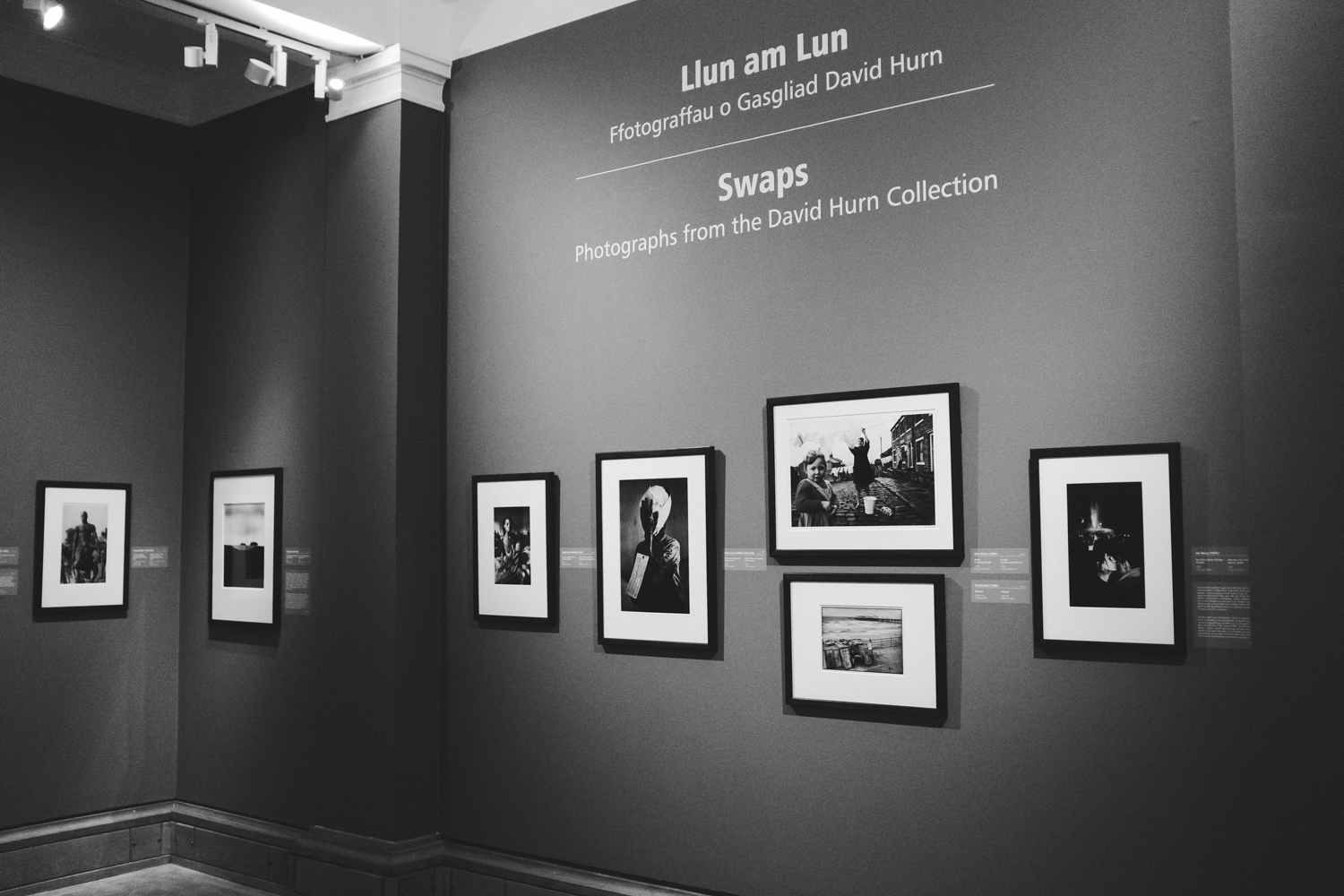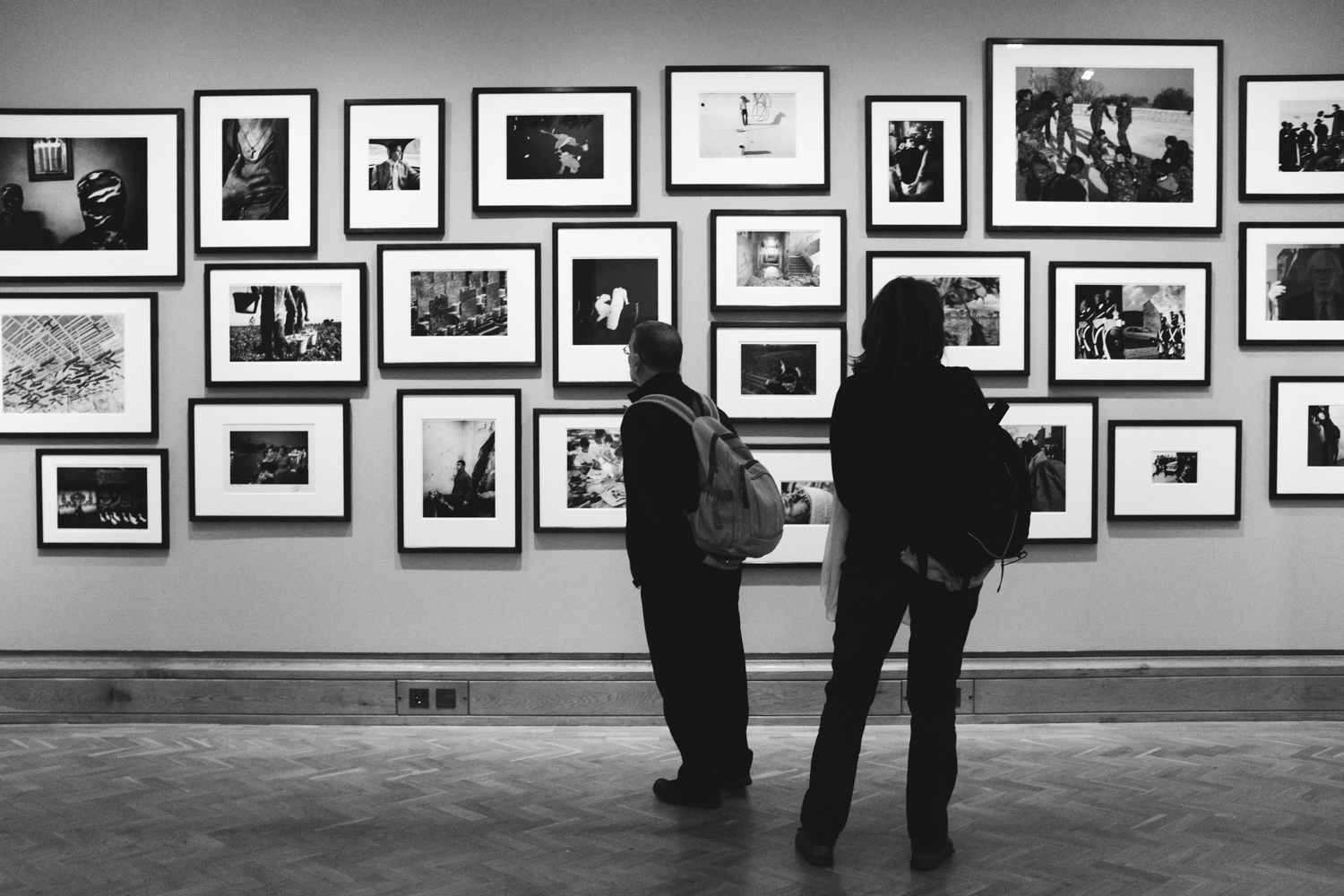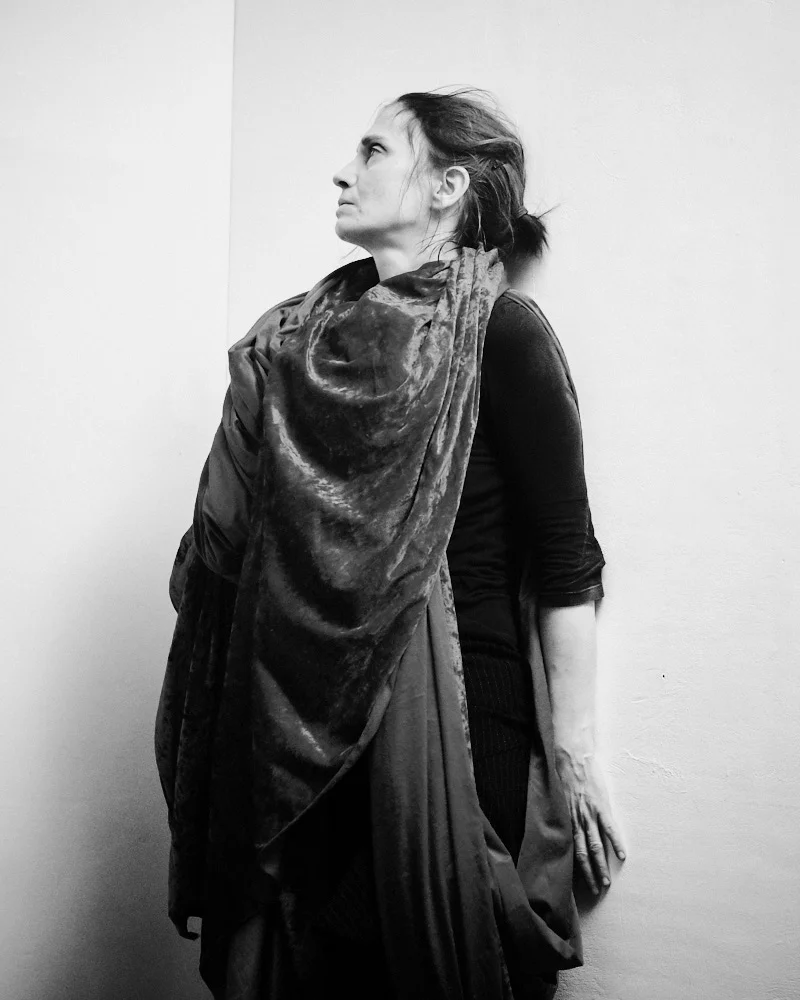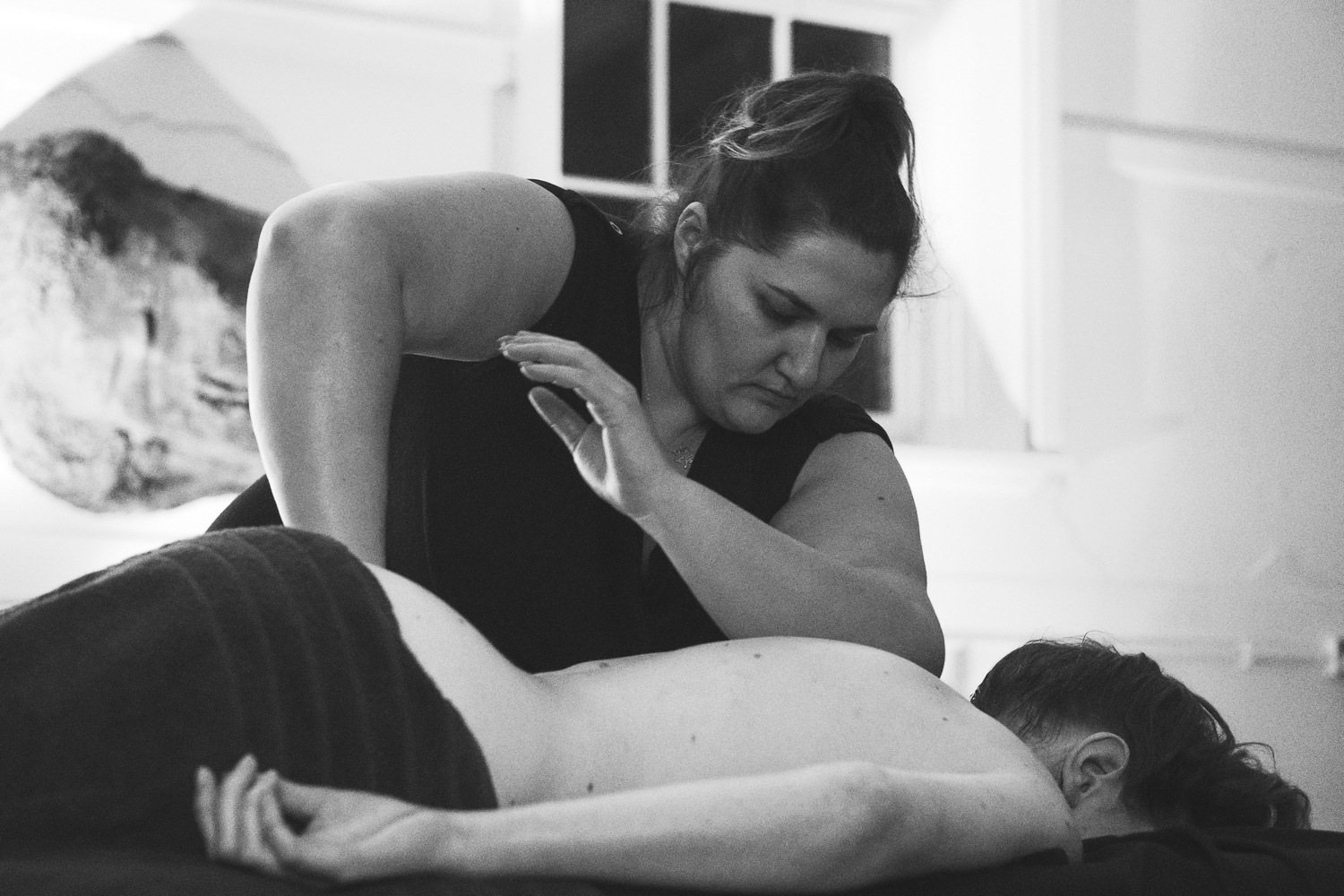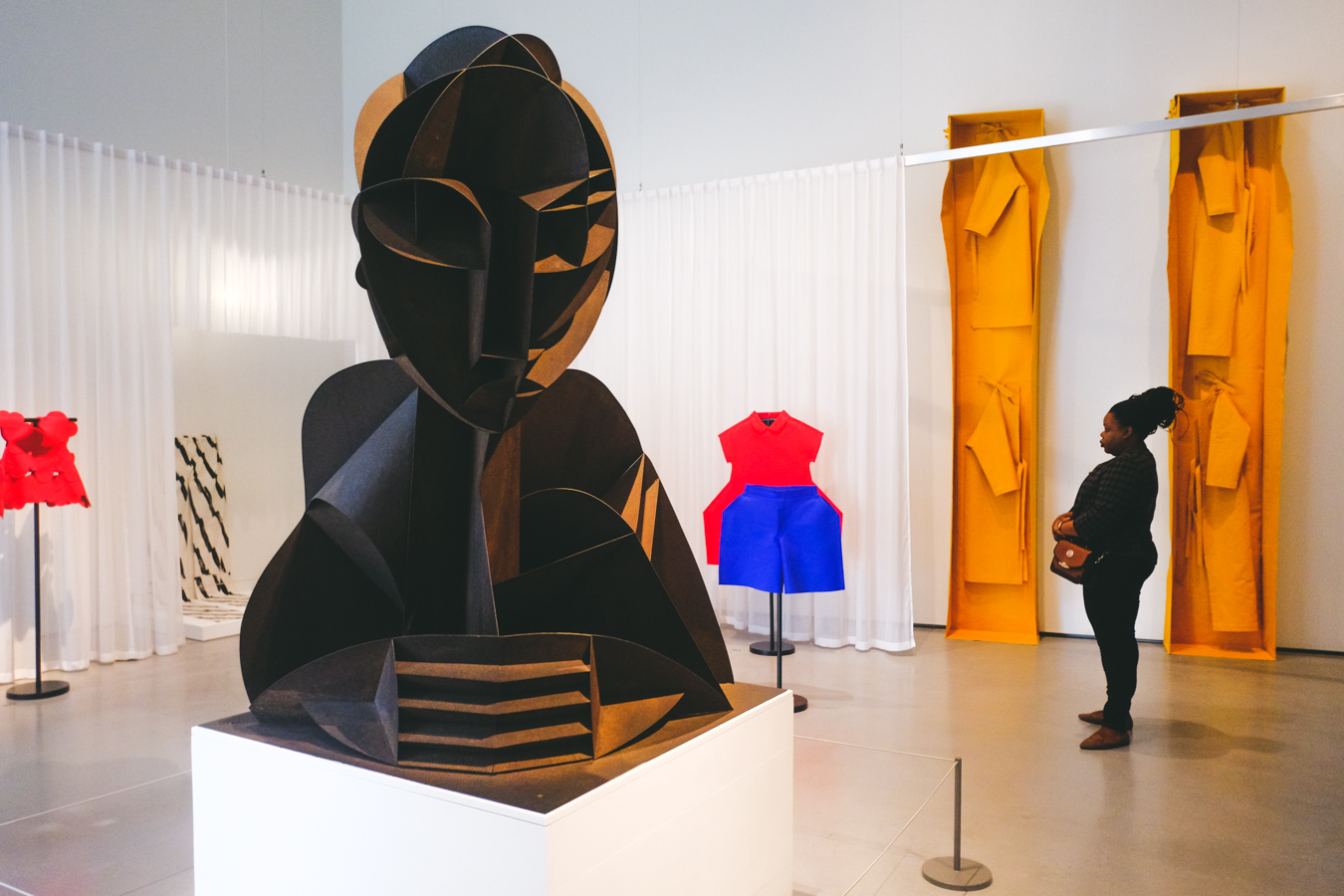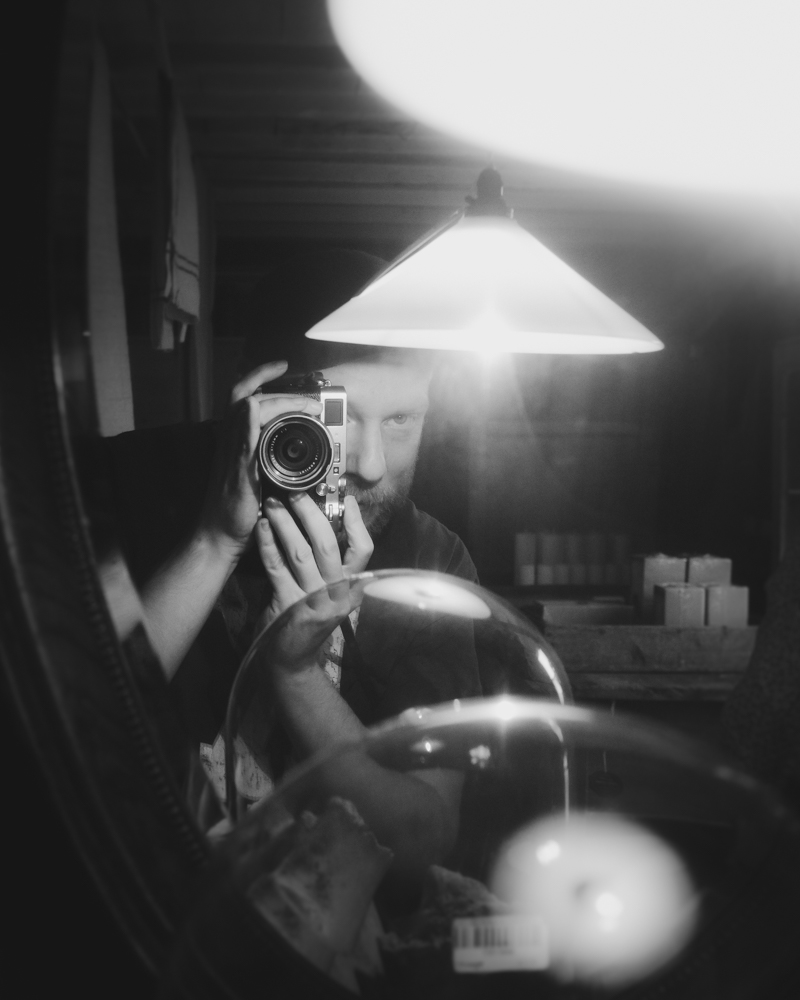I can tell you a true story. I was having a dinner with Cartier-Bresson and W. Eugene Smith. They were having a conversation and Bresson said, ‘How many great pictures do you think you take a year?’ And Eugene Smith, trying to sound modest, said ‘About 15.’ And Bresson said, ‘You always exaggerate.’ - David Hurn
To anyone with a serious interest in photography, the name Magnum is one that immediately conjures a brimming developer’s bag-full of iconic images. Founded as an international photographic cooperative by Henri Cartier-Bresson, Robert Capa and David 'Chim' Seymour back in 1950, Magnum Photos quickly gained something of a legendary aurora owing to the outstanding talent of its members and for its brand of uncompromising photo-journalism and striking aesthetics. Getting in was tough – a pure meritocracy. To join Magnum you had to be nominated by an existing member, subjected to various portfolio reviews over several years and then approved by a unanimous vote by the entire existing membership. David Hurn is one of the skilled, lucky few to be named a Magnum Photographer.
David Hurn talks with Claire Kern at Third Floor Gallery, Cardiff.
Hurn, English by birth but of Welsh descent, grew up in the city of Cardiff but left for London in the early fifties as a self-taught photographer. He began as an assistant for the Reflex Agency, but quickly gained a modest reputation thanks to his freelance coverage of the 1956 Hungarian revolution. His images of the fighting in Budapest made their way to the front pages of newspapers across the globe. Despite this early success he found he wasn’t so much attracted to the hard-hitting photo-journalism of his British contemporaries Philip Jones-Griffiths, Don McCullin and Ian Berry. Instead he became noted for his quieter studies of communities; images that often revolved around people and how they took their leisure, practised their arts and conducted their worship. He also became a prominent name in fashion photography, and was much sought after by film studios for his iconic on-and-off-set images of films such as A Hard Day’s Night, the early James Bond series and Barbarella. These high-profile shoots helped pay the bills and allowed him the creative freedom to pursue his own projects, both within Wales and overseas, in Arizona.
Though he first came to the notice of Magnum through a chance encounter with Chilean photographer Sergio Larrain when photographing pigeons in Trafalgar Square, it was perhaps his dedication to his quiet, steady, incisive documenting of the gradual changes in community and society in England and Wales that caused Magnum to consider him for membership. By 1967 he was a full member of Magnum, enjoying the logistical support of the cooperative. He decided however to forego the usual international commissions and instead chose to settle down in Wales to continue his passion project. In 1973 he founded the School of Documentary Photography in the city of Newport. It was primarily dedicated to the bread and butter of teaching photographers how to tell a story whilst meeting tough deadlines and how to secure a respectable living in doing so. It became much admired for the quality of its graduating documentary photographers.
David Hurn spent his time in Magnum wisely. Early on he hit upon the idea of using his newly acquired reputation (combined with his affable, disarming nature) to swap prints with the photographers he appreciated, acquiring chosen images from not only his fellow members of Magnum, but from unaffiliated photographers across the world. It became something of a baptism for new members of Magnum to be asked by David Hurn for a print. Over the years he gathered an incredible collection of over seven hundred prints, a collection he has now donated to the National Museum of Wales in Cardiff, in exchange for their agreeing to house a permanent photography gallery in the building. Ironically, David Hurn wasn't even initially aware of the import of the collection he was amassing. When he began collecting prints they had no intrinsic value, they were thought to be worth little more than the paper they were printed on. Decades later, these original prints created by the famous legacy names of Magnum are now worth incredible sums on the fine arts market. Yet David Hurn has donated these prints to the museum, because he believes that the public has a right to see them - and that if they're housed in the same free museum he went to as a penniless child growing up in Cardiff, then so much the better.
His ‘Swaps’ exhibition opened with much fanfare on the 30th of September. So far I’ve seen it six times. Beautiful prints on display from some of the most talented names in photography; there’s Elliot Erwitt, Henri-Cartier Bresson, Eve Arnold, Weegee, Josef Koudelka, Martine Franck, Carolyn Drake, Robert Frank, Eugene Richards, Martin Parr, Sebastião Salgado… the selection is quite awe-inspiring. There’s also new talent featured from both at home in Wales and abroad. It really is a must-see. You can find out more here: Swaps: Photographs from the David Hurn Collection
I've had the pleasure of meeting the man a few times. though the first time was rather daunting. A fair few years ago when I was helping out at Third Floor Gallery, I got to take him out for lunch whilst they were setting up for an interview. As we talked over a very modestly priced dinner, he asked me what I wanted to photograph. My halting, feeble mumbling about wanting to do street photography cut no ice with him, and he pressed me to really think about what I wanted to shoot, to think about what really fascinated me, what I wanted to capture. When I then mentioned my ongoing photography of the small town of Bradford in the United States and what it was about the place that attracted me so, and about my project on U.S Civil War reenactors in the U.K, he stopped throwing onions rings at me in annoyance at my callow foolishness and perked up considerably. The rest of the meal passed by most agreeably, and I learnt an awful lot from the man. I also attended a talk by him a little before Christmas, and he said that when deciding on who to accept as students on his course at Newport, he largely ignored their portfolio and instead asked them what they were passionate about shooting. He wasn't interested in their photographic skills coming in, after all it was his job to teach them how to make a photograph, instead he wanted to see their passion, what fascinated them in the world outside, what they felt compelled to shoot.
And he's still taking great images. He's still searching for moments to capture, both at home in the Welsh village of Tintern and abroad. He was recently featured in a BBC documentary called David Hurn: A Life in Pictures. In the documentary he captures a beautifully geometric image in black and white of two girls waving hula-hoops on Venice Beach. I couldn't help but notice that the tool he employed throughout the documentary was the X-Pro2, the same camera I awkwardly hug to sleep at night. This made me smile somewhat as I recalled that he also used to turn up to the Third Floor Gallery exhibition openings with various X100 series cameras, so it seemed to be proof that he was as hooked as I was. I think I caught him using the 18mm f/2 in several scenes in the documentary, which lends ammunition to my quixotic belief that it's secretly Fujifilm's best lens.
The fact that both Hurn and his fellow Magnum photographer David Allan Harvey share a fondness for the Fuji X series does help put the kibosh on the notion that mirror-less cameras are not 'pro' enough. Then again, what does one really need to take a great image? Magnum photographers made incredible images with 'primitive' cameras. Sometimes the blur even adds something to the shot. 'Home' project participant Thomas Dworzak captured his images of Chechen fighters retreating through a village under heavy shelling by the Russians with a cheap Hexar film camera. The images he took are blurry from the difficulties of slow film shot early in the morning. They are also very powerful.
Speaking of David Allan Harvey, Thomas Dworzak, Magnum and Fujifilm...
HOME - MAGNUM
It's no secret that I'm a big fan of the Fuji X series of cameras, so when I heard the recent news that they were commissioning a project featuring sixteen Magnum photographers, I got incredibly excited. You can find the website revealing all here: Home - Magnum
The subject is 'Home'. They can approach the project any which way they like, using either the Fuji medium format camera the GFX or another of their mirror-less X-series. Naturally, this is a good publicity move for Fujifilm, but it's not the first time that a Magnum photographer has accepted a brief from a camera manufacturer. What really interests me is Fujifilm's choice of subject. It might on the surface seem an easy, off-hand choice, one that isn't particularly taxing. In actual fact it's pretty canny. Magnum photographers are known for ever a-wandering, flying from continent to continent, sometimes falling in love with a place and settling down - oft times sharing their lives between several cities. Some like Josef Koudelka never settle at all. And sometimes where there is what can be considered a home, it can resemble a mixture of warehouse and office, spare-rooms filled to the rafters with boxes of archival prints. And then what feelings does the word 'home' spark in a photographer. Do they think of the love for one's native country? An adopted country? Family? The Magnum Agency itself? The aching absence of home when on the road?
So it's a real buzz for me to see them all working this same subject and with an exhibition on tour in several capital cities - starting in New York and taking in London - and a book at the end of it. Oh, and the names involved... I mean... gosh!
There's Hiroji Kubota - the man behind that beautiful, otherworldly image of Tibetan monks praying before a giant golden boulder. There's Alessandra Sanguinetti who took the photograph of two girls and their grandmother's necklace in an abandoned farmhouse in Argentina, 1999. She shot in black and white, made videotape, before finding the magical shot in colour. Then she switched back to video and back and forth, back and forth, because that's how you work a precious scene.
Mark Power and 'The Sound of Two Songs' - the beautiful surreal quiet of a dalmatian in the snow in a housing estate in Warsaw, Poland. As true an instance as the right place, the right time, the right dog as ever there was. How about Jonas Bendicksen's image of a crashed satellite being combed over by farmers in Russia, amidst a cloud of white butterflies? Gueorgui Pinkhassov's photographs of the relief effort in earthquake stricken Armenia, of mighty Soviet steam trains bringing laundry and bathing facilities to refugees in the middle of the night? Elliot Erwitt's peaceful, loving serenity in his image of a mother and child, the newborn upon the bed, lazy cat on the left, loving mother on the right. Elliot Erwitt, man! Elliot Erwitt!
These were just examples gleaned from the Magnum Contact Sheets book as well, which is pretty much a must-buy for any photography junkie. Seek out their images online and you might get excited, too. There's also a short film with each of them about their participation on the project's YouTube page, which you can find here: Home Magnum - YouTube
David Hurn conducts a talk during the Joseph Rodriguez exhibition, Third Floor Gallery, Cardiff.
Which brings this somewhat rambling blog entry to a conclusion of sorts. A new year presents itself, the question now becomes what I will make of it. I'm happy to say that I've been fired-up by the stunning nature of Hurn's 'Swaps' exhibition. It's made me restless. I keep going back to see it. I'm picking up my camera more again. I'm itching to do some printing of my own in zine format, which if a success I may release through this website, as well as around Cardiff. I'm also involved as ever with Ffoton, a photography community in Wales. Indeed the plan is for me to work more closely with them, to bring content to their excellent website in the form of book reviews and maybe the odd article. Hopefully not as interminably rambling as my blog posts though, eh? Anyway, you really should check their site out, it’s packed with interviews with some fine photographers and their Twitter feed is on-top of all the news in the photography world. You can get to it through this clicking the following - Ffoton
So I'll leave you here, having shed my writer's block and poured a bucketful of words on you, my faithful readers. I hope that your twenty-eighteen is one of passion rewarded in the pursuit of striking images, or just a plain old jolly one for you non-photographers out there. Also I'd like to express my gratitude to those readers who have reached out to me in response to my posts over the last year, be it by email or in the comments. Please do keep getting in touch with thoughts and suggestions, it's always a pleasure to hear from m'readers.
Da boch chi!
All above photographs taken on the X-Pro1, the X-Pro2 and the X100F Fuji X-Series cameras, excepting the final image taken on a Nikon D90 with 35mm f/1.8G.


